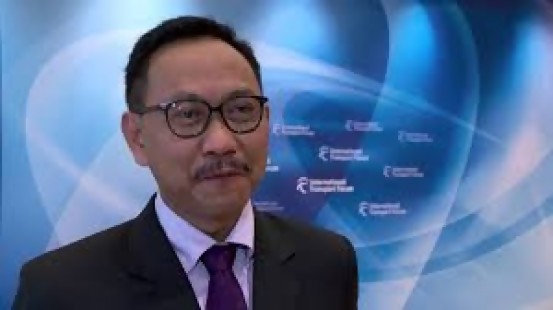Climate finance totaling some $81 billion was mobilised for projects funded by the world’s six largest multilateral development banks (MDBs) in 2015. This included $25 billion of MDBs’ direct climate finance, combined with a further $56 billion from other investors.

The latest MDB climate finance figures are detailed in the 2015 Joint Report on Multilateral Development Banks’ Climate Finance, prepared by the Asian Development Bank (ADB) together with MDB partners: the African Development Bank (AfDB), the European Bank for Reconstruction and Development (EBRD), the European Investment Bank (EIB), the Inter-American Development Bank Group (IDBG), and the World Bank Group (WBG).
This noteable contribution to the global climate change challenge was reinforced last year by pledges from all of the MDBs to significantly increase their climate finance in the coming years. They made these pledges in the run up to the COP21 Paris Agreement, the world’s first universal climate accord adopted in December last year by 195 countries.
The report covers the 2015 year and shows that MDBs delivered over $20 billion for mitigation activities and $5 billion for adaptation. Mitigation activities involve the reduction of greenhouse gas emissions through energy efficiency measures and the use of clean, renewable energy sources, while adaptation measures reduce climate vulnerability and increase resilience to climate change through, for example, investing in climate-resilient land-use and water resource management. Since 2011, MDBs have jointly committed more than $131 billion in climate finance.
Among the regions, non-European Union (EU) Europe and Central Asia received the largest share of total funding at 20%; with South Asia receiving 19%; Latin America and the Caribbean 15%; East Asia and the Pacific 14%; the EU 13%; sub-Saharan Africa 9%; and the Middle East and North Africa 9%. Multi-regional commitments made up the other 2% of the total.
On a sectoral basis, the largest recipient of adaptation funding was for water and wastewater systems (27%), followed by energy, transport and related infrastructure (24%), and crop and food production (18%). Renewable energy received the bulk of mitigation finance (30%), lower-carbon transport received 26%, and energy efficiency activities 14%.
ADB contributed over $2.5 billion for mitigation finance and $356 million for adaptation finance in 2015, a slight increase from 2014.
“MDBs will play a central role in generating the pipelines of quality climate action projects needed to deliver the goals of the Paris Agreement,” said Bambang Susantono, ADB Vice-President for Knowledge Management and Sustainable Development. “The Asia-Pacific region includes economies which are among the world’s most vulnerable to climate change extremes. To that end, ADB has committed to double climate finance from its own resources to around $6 billion annually by 2020, as well as to seek out and mobilize cofinance from a wide range of public and private sector sources.”
Given the role of MDBs in catalysing finance, the inclusion in this year’s report of a common tracking approach for climate cofinancing is a significant step forward in making the reporting of climate finance flows more robust and transparent. MDBs have also been working closely together to harmonise reporting on greenhouse gas emissions and the use of proceeds from MDB green bonds.
Moving forward, the report notes that the MDBs will scale up climate finance activities across multiple sectors, in particular in renewable energy and energy efficiency; low-carbon and climate-resilient cities, regions and industries; low-carbon transport; natural resource efficiency; and climate-smart agriculture and food security. These efforts will help countries meet their commitments under the Paris Agreement, moving to a low-carbon, more resilient future.
ADB, based in Manila, is dedicated to reducing poverty in Asia and the Pacific through inclusive economic growth, environmentally sustainable growth, and regional integration. Established in 1966, ADB in December 2016 will mark 50 years of development partnership in Asia. It is owned by 67 members – 48 from the region. In 2015 alone, ADB assistance totaled $27.2 billion, including cofinancing of $10.7 billion.
